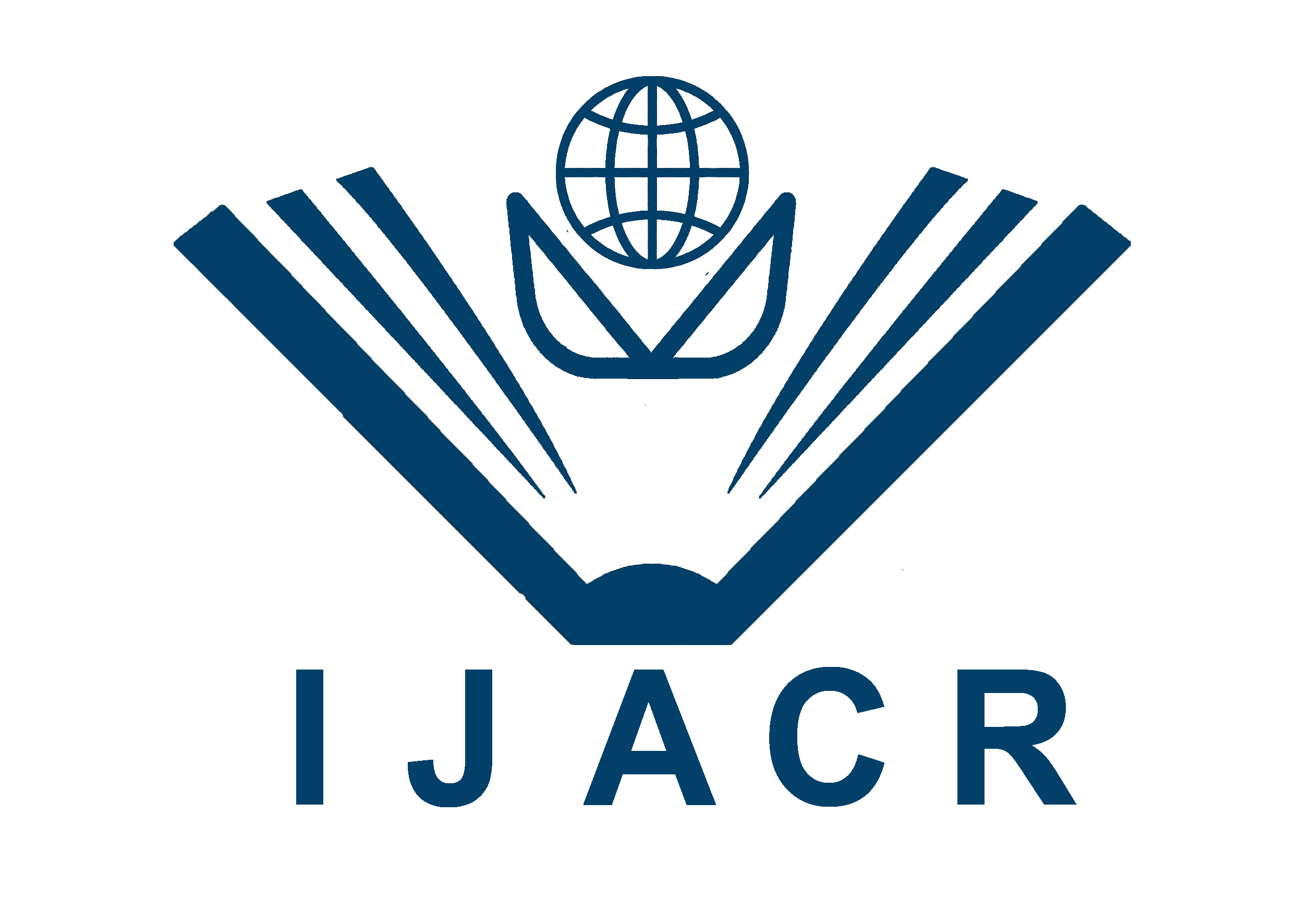International Journal for Asian Contemporary Research, 4(1): 31-35
Morphological Characterization of the Varietal Traits of Jute and Kenaf Seeds in Bangladesh
Received: 02 May, 2024 || Accepted: 28 May, 2024 || Published: 30 May, 2024
A B S T R A C T
Jute (Corchorus spp.) and kenaf (Hibiscus cannabinus L.) are economically significant fiber crops with extensive industrial applications. Understanding of their genetic variability and agronomic traits is crucial for crop improvement and the development of value-added products. This study investigates the varietal characteristics of jute and kenaf seeds in Bangladesh, focusing on seed morphology. To conduct this study Deshi/ White jute (C. capsularis) varieties (11), Tossa jute (C. olitorius) varieties (6) and Kenaf (H. cannabinus) variety (3) were used. The results of this study demonstrate substantial diversity in the characteristics of seeds, including their size, seed volume, shape, color, % germination, thousand seed weight (WTS) and seed yield ha-1. The seed color of white jute, tossa jute and kenaf varities are ash gray, greyish blue prussian and dark brown respectively but seed shape is diversified among different varieties. Varieties of kenaf seed showed higher seed length, seed width, WTS (g), % germination, seed yield ha-1 than that of tossa jute seed. Except, seed yield ha-1 for white jute seed, all tested parameter showed lower than tossa jute seed. Seed serface is 5, 6 and 5 for White jute, tossa jute and kenaf respectively. These findings have significant ramifications for varietal differentiation of seed, seed rate determination for fibre/seed cultivation purposes, determination of seed purity, potential seed yielder variety, breeding programs, and conservation activities for jute and kenaf genetic resources. This research adds to the current information on jute and kenaf seeds, establishing a foundation for future studies that will delve deeper into these crops to increase their economic worth, raise crop yields, and promote sustainable agriculture and economic growth.
Keywords: Characterization, Morphology, Kenaf and Jute.
Copyright information: Copyright © 2024 Author(s) retain the copyright of this article. This work is licensed under a Creative Commons Attribution 4.0 International License
To cite this article:. Hasan, M.M., Alam, M.J., Jahan, I., Karim, M.R., Debnath, N.,, Ali, M.O. and Taohidi, M.A.R. (2024). Morphological Characterization of the Varietal Traits of Jute and Kenaf Seeds in Bangladesh. International Journal for Asian Contemporary Research, 4 (1): 31-37
References
- IJSG, ITC and CFC (2006). Common fund for commodities: a roadmap for jute. Technical Paper No. 44. International Jute Study Group. Accessed from HYPERLINK "http://docplayer.net/21784151- Common-fund-for-commodities-technical-paper-no-44-a-road-map-for-jute.
- Islam, M. M. (2019). Varietal advances of jute, kenaf and mesta crops in Bangladesh: A review. Int J Bioorganic Chem, 4(1), 24-41.
Islam, M. M., & Ali, M. S. (2017). Agronomic research advances in jute crops of Bangladesh. AASCIT Journal of Biology, 3(6), 34-46.- BBS, 2022. Yearbook of Agricultural Statistics of Bangladesh. Ministry of Planning, Government of the People’s Republic of Bangladesh, Dhaka, Bangladesh.
- Bhattacharjee, A. K., Mittra, B. N., &Mitra, P. C. (2000). Seed agronomy of jute. I. Production and quality of Corchorusolitorius seed as influenced by seed size used at planting. Seed science and technology, 28(1), 129-139.
- Al-Mamun, M. and C. K. Saha (2017). BJRI udbavito Pat, Kenaf o Mesta Phosoler Procholito Jaat. First Edn. Bangladesh Jute Research Institute. Dhaka. p. 30.
- Hossen, M., Ali, M. S., Begum, M., Khatton, A., & Halim, A. (2008). Study on high yield of quality jute seed production for diversified uses. J. innov. dev.strategy, 2(3).
- Orchard, T(1977). Estimating the parameters of plant seedling emergence. Seed Sci. Technol. 5, 61–69
- Arditti J., Michaud J. D., Healey P. L. 1980. Morphometry of orchid seeds. Ii. Native California and related species of Calypso, Cephalanthera, Corallorhiza and Epipactis. American Journal of Botany. 67(3):347–360. doi: 10.1002/j.1537-2197.1980.tb07660.x.
- www.pinterest.com/pin/469711436151155867
Article View: 2821 times



